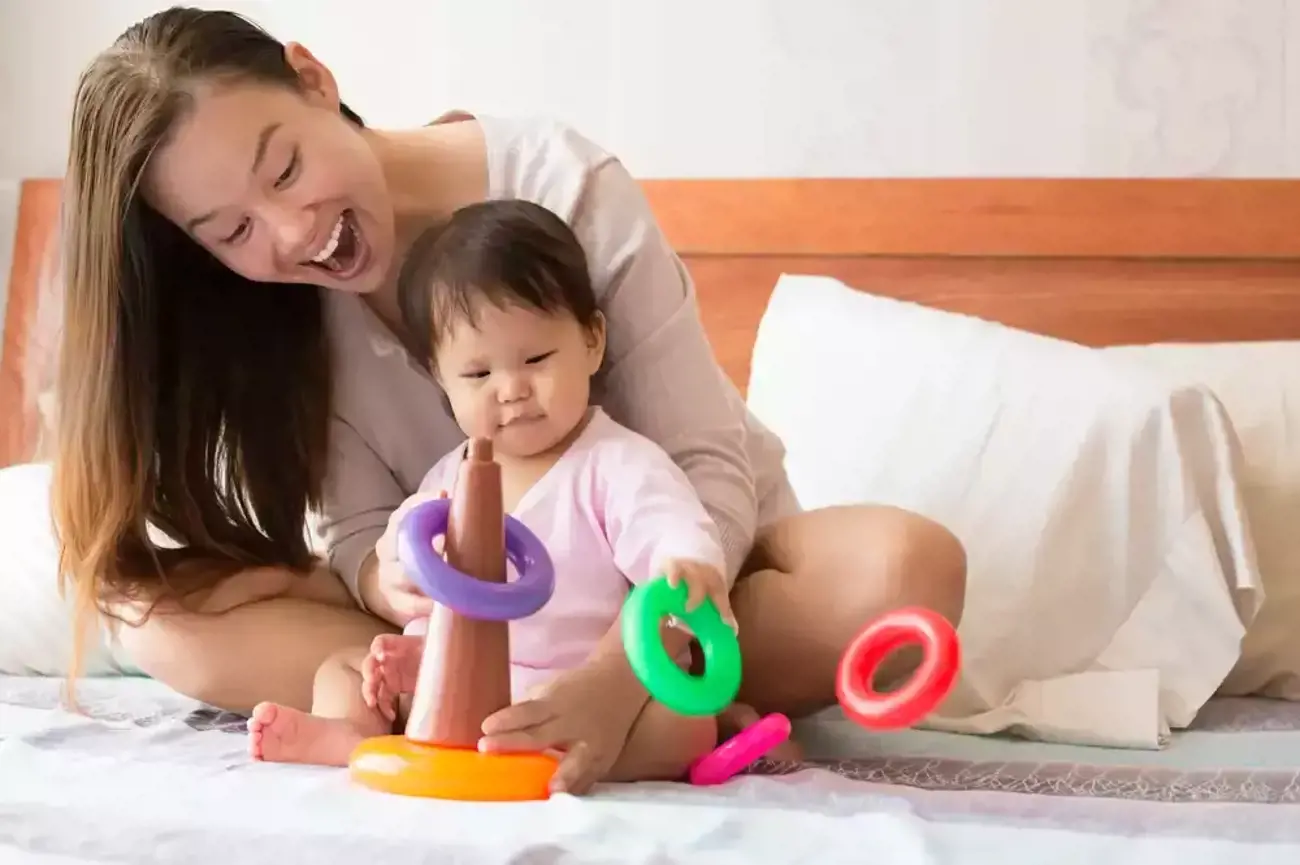Although 'serve and return' sounds like something the Williams sisters would do on a tennis court, this term actually relates to the back-and-forth interactions that shape a tot's brain architecture.
Serve and return occurs when an infant or young child gestures, babbles or cries and a grown-up responds with appropriate eye contact, words or actions. These two-way interactions are very important because they build neural connections in the child's brain and create a foundation for all future development, learning and wellbeing.
So how can parents and care-givers make sure young children get the serve and return they need? Harvard University’s Centre on the Developing Child offers five ways that an adult can practice serve and return with a youngster:
1. Notice the serve and share the child’s focus of attention
The first trick is knowing a serve when you see one. If the child looks or points at something, makes a sound or facial expression or moves their limbs, then this is a serve.
By paying attention to what they're focused on, you encourage exploration and learn about the child's interests, needs and abilities. Sharing the focus also strengthens your adult-child 'responsive relationship' bond.
2. Return the serve by encouraging and supporting
Once you notice the serve, your return could be anything from a nod or smile to a cuddle and some kind words. You might pass them the toy they're pointing at, play a game or excitedly say, "I see!"
This kind of supportive and encouraging response rewards the child’s interest and curiosity and lets them know that their thoughts, feelings, signals, and needs are being understood.
3. Name it!
The idea here is to return the child’s serve by naming what they're seeing, doing or feeling. You could name a person, thing, action or feeling, so if the baby points to a puppy, respond by saying, "Yes, that's a puppy!"
This naming practice helps the child make important language connections in their brain. It gives them words to use, lets them know what to expect, shows that you care and generally helps the child understand the world around them.
4. Take turns
The aim of serve and return is to keep the interactions going back-and-forth for several turns. So every time you return a serve, wait and give the child time to respond.
Taking turns helps the youngster learn self-control and social skills, and by waiting, you're giving them time to develop ideas and become more confident and independent.
5. Practice endings and beginnings
Of course, all good turns come to an end and the child will signal when they're finished or want to move on to a new activity. Notice when they let go of a toy, choose a new one, focus on something else, move away, start fussing or simply say, "No more!"
At the end of the day, serve and return interactions are all about combining care, play and the serious business of brain-building. They lay the foundations for a child’s lifelong learning, wellbeing and behaviour, and provide quality time between parent and child. What’s not to love?
































